Struggling to control your MIDI devices with your hands while playing your instrument?
Using a MIDI foot controller with the right types of footswitches can make changing presets, turning effects on and off, and more a breeze.
Let’s dive in to explore the main footswitch options to consider and how to choose the best one for your needs.
What Type of Footswitch Should I Choose?
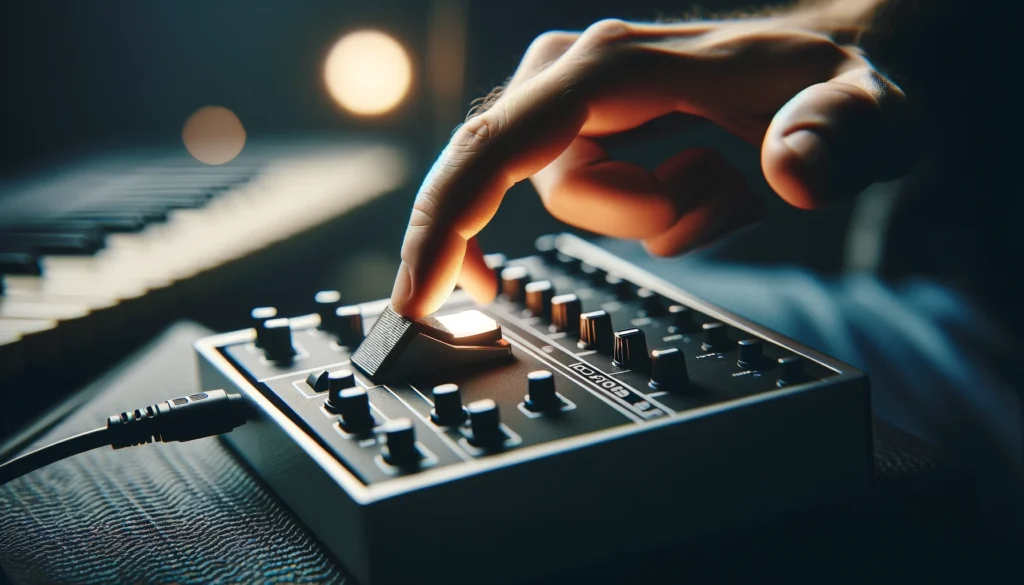
The most common and versatile choice is a normally open momentary footswitch.
This sends temporary MIDI messages only when pressed, allowing changing presets, enabling effects, sending control commands and more.
We’ll explore the pros and cons of different types more below.
Introduction
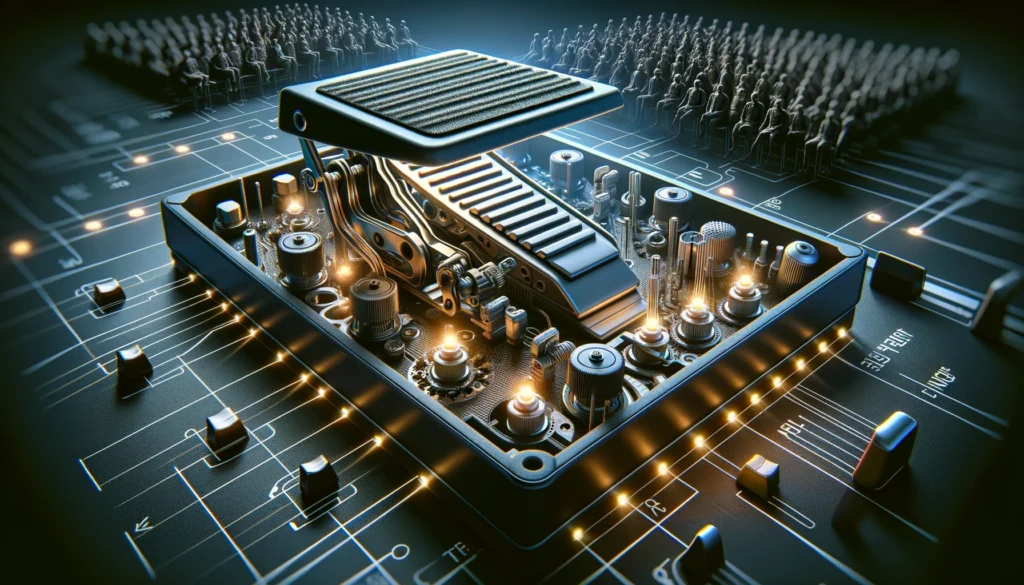
A MIDI foot controller is a useful device that allows musicians to control parameters of MIDI devices with their feet while playing.
This frees up the hands to focus on playing the instrument.
There are a few Main types of footswitches that are used with these controllers.
Understanding the options can help you pick the right foot controller for your needs when it comes to changing presets, turning effects on and off, controlling transport, Tap tempo, and more.
This guide will cover the Popular types of footswitches, features to consider when shopping for one, and provide tips on choosing the right model.
What Is a MIDI Foot Controller?
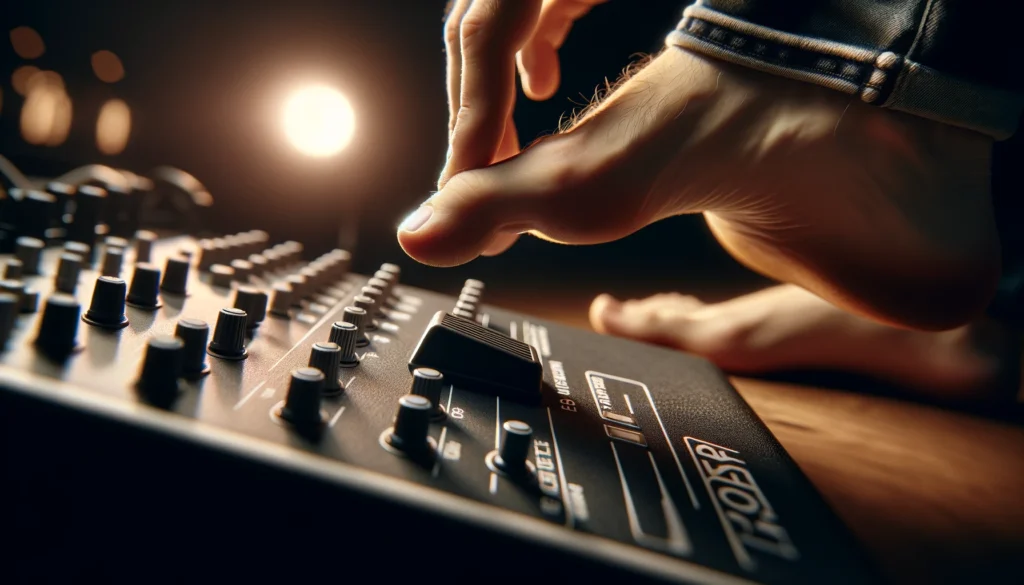
A MIDI foot controller is a standalone unit that connects to MIDI devices like synths, audio interfaces, effects units and digital audio workstations to control them with the feet.
They typically contain multiple foot operated switches for sending program change, Control change or note data to the connected device.
Common uses for MIDI foot controllers include changing between instrument or effects presets during live performance, controlling transport functions like play and record, and tap Tempo.
They allow quick hands free parameter changes so musicians can focus on playing their instrument.
Guitarists, keyboard players, and other Instrumentalists often have these pedal boards on stage for convenient MIDI control.
Main Types of Footswitches Used
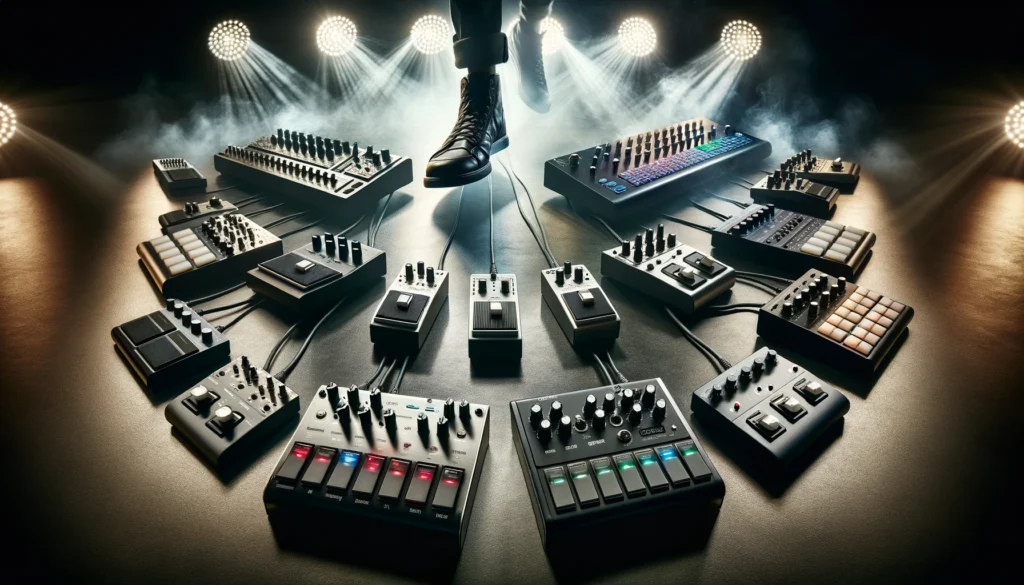
There are two Main categories of footswitches used on MIDI controllers – momentary and latching.
Many units also offer soft-touch footswitch options.
Within these types there are further variations that determine how the switch behaves when pressed or activated.
Momentary Footswitches
Momentary footswitches are the most common type used on MIDI pedal boards.
When you press down on The switch, it sends a MIDI message out corresponding to the programmed function (a program change for switching presets for example).
As soon as you release the footswitch, the MIDI Value turns off.
Think of it like a doorbell – it rings when you push the button, but stops as soon as you let go.
Most computer keyboard keys are also momentary switches.
Momentary switches are versatile and can be configured for many MIDI functions like changing instrument patches, enabling or disabling effects, sending control commands for parameters like volume or pan, or MIDI clock signals.
There are two sub-types of momentary footswitches:
Normally Open Momentary Switches
These are the most common.
They remain open (off) when not pressed, and briefly close The circuit (turn on) when pressed.
Normally open momentary footswitches send a MIDI message when activated, but stop sending that message when released.
So that makes them convenient for changing presets, turning effects on/off, and sending any other kind of temporary MIDI command as needed.
Normally Closed Momentary Switches
Normally closed momentary switches work in the opposite way – they remain closed (on) when not pressed, and Open briefly upon activation.
They send a MIDI value continuously by default but stop sending it when pressed down before closing again when released.
It’s less common but can still be useful in some MIDI foot controller applications.
For example turning off an effect while the switch is held down.
They are much less commonly used in controllers than normally open types.
Latching Footswitches
A latching footswitch alternates between two states every time it is pressed.
For example, off when first pressed, on when pressed a second time, and it stays in that state even when released.
The benefit here is being able to turn something on or off without needing to hold the switch down.
So they are very popular for functions like enabling/disabling effects loops, turning individual effects pedals on and off within the loop, or any other parameter you want to “latch” in an on or off position hands-free.
Latching switches change from off to on, on to off each time it’s pressed and mechanically “latches” in position until pressed again.
They are sometimes referred to as stomp box switches since effects pedals often use them.
So in summary, while momentary switches only send a MIDI message while pressed, latching footswitches toggle between two alternating states.
They remain latched hands free until pressed again.
Both have unique advantages for MIDI control that suit certain applications better.
Soft-Touch Footswitches
Many higher priced MIDI controller pedal options also offer soft-touch footswitches.
These have three main benefits compared to standard footswitch designs:
1. Require Less Actuating Force to Press
Standard footswitches often need a good stomp to activate reliably.
Softer touch sensitivity means these can be pressed more gently which can reduce foot fatigue.
2. Shorter Travel Distance
Many soft-touch switches use a short throw design which reduces distance from fully unpressed to activated.
This also increases comfort and allows faster rhythmic triggering.
3. Quieter Operation
With a shorter actuation distance and gentler activation, soft-touch switches operating is quieter compared to a full stomp of a regular switch.
Stealth & quiet operation on stage is a bonus.
Brands like FAMAS, Source Audio, Disaster Area, Boss and others now offer MIDI controllers with soft-touch options.
So if you prefer lighter, Shorter and quieter footswitch presses, be on the lookout for pedals with this kind of switch.
They improve the playing experience for many musicians in terms of comfort and control.
Other Considerations
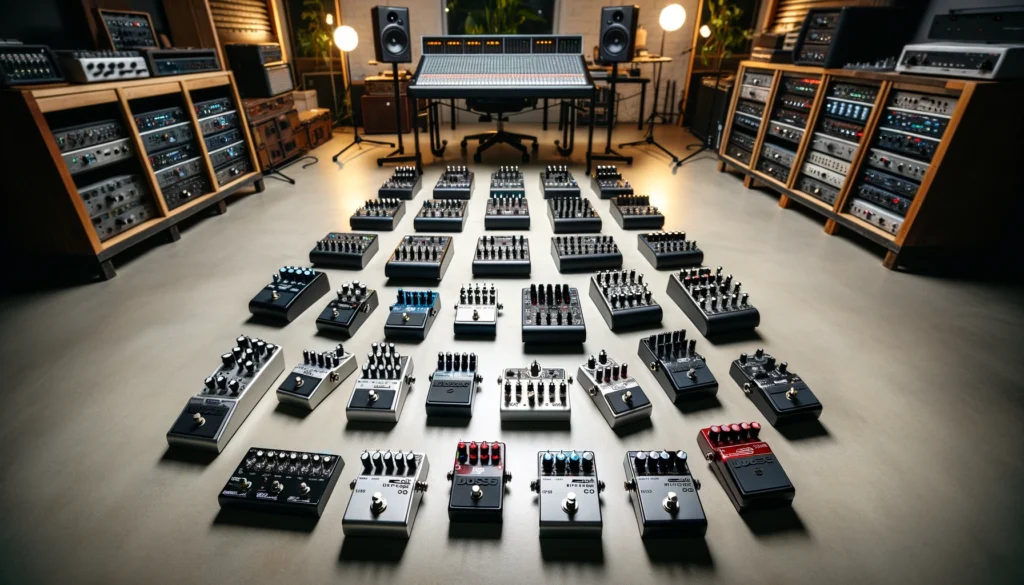
Beyond just what type of footswitches are used, there are several additional factors that come into play when selecting the right MIDI foot controller for your needs:
Number of Footswitches
MIDI foot controllers often have anywhere from one to eight or more footswitches.
Consider how many functions you want quick hands-free control over to help determine how many switches you need instant access to.
This depends on your rig, style of music and live performance needs.
It’s common to see pedalboards with four, six or eight switches for changing presets on multiple instruments/effects, for example.
Go substantially above or below if you need more simultaneous control or just a basic pedal.
Size/Spacing Between Footswitches
If a pedalboard has multiple footswitches, pay attention to the spacing between them.
Brands often advertise this dimension to give an idea of physical footprint and ease of switching between functions in a live playing context without inaccurate presses.
Wider spacing naturally allows easier transitioning between switches but takes up more floor space.
Plan where and how it will fit into your existing rig/pedalboard setup.
Customization Capabilities
Higher end MIDI pedals allow deep customization or editing over parameters and functions controlled.
For example assigning specific MIDI commands per switch, naming/labeling switches and rearranging switch order if needed.
If you want that level of tweakability over every specific, consider those options.
More basic pedals are often preconfigured or have very minimal editing capability.
Durability
For gigging musicians, the durability of a MIDI controller pedal board is important.
Metal construction, rugged foot switches rated for thousands or tens of thousands of presses and good structural stability will withstand nightly transport and stomping much better.
Check specs, reviews and brand reputation around reliability.
Paying more upfront gets better components that will endure abuse.
Budget
As with any music gear purchase, setting a budget helps narrow down the many options quickly.
How much do you want to spend? Inexpensive MIDI controllers around $100 offer good value but naturally lack more advanced features or extensive footswitch options.
Stepping up to $200-500+ gets you increased programming options, metal construction, soft-touch switches and more.
High end pedalboards with 8+ footswitches sell for $1000 or more.
Consider where your budget is before browsing.
Knowing how much you can allocate makes sorting through the crowded market much simpler.
Conclusion
Getting familiar with common footswitch types like momentary (normally open/normally closed), latching and soft-touch will help determine the best option for your MIDI foot controller needs.
Also considering physical specs like number of footswitches and spacing, programming customization abilities, Maximum durability and overall budget will lead you to the right pedalboard quickly.
With so many options available today understanding these key criteria will make your buying decision much easier.
